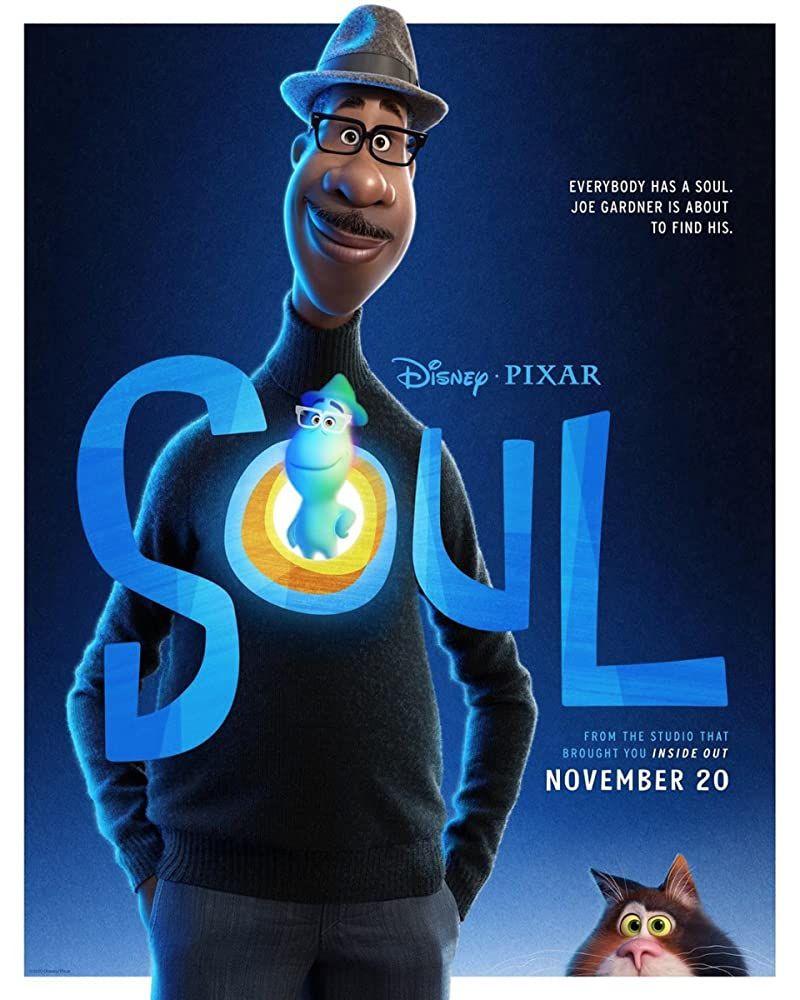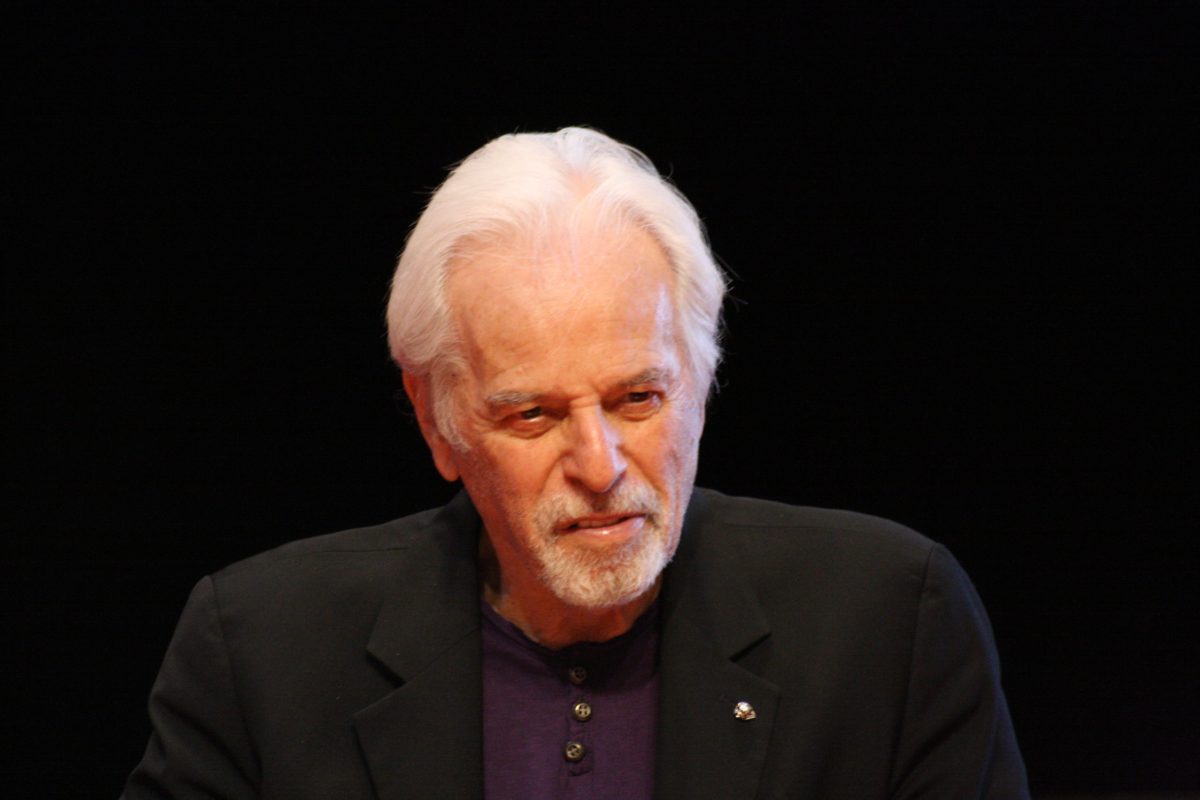The ways in which the many fields of study offered here relate to one another constitutes its own special study that offers limitless opportunities in the workforce. Interdisciplinary studies provides many possibilities to discover the unknown using multiple perspectives Zeynep Celik serves as an example of how this form of discovery is accomplished by through teamwork and questioning. Her passion for the subject of the Ottoman Empire has expanded the knowledge of how the empire was constructed, maintained, and inspired by European ideals. On Monday night (10/18) in Weston Hall, Professor Celik (M. Arch, B. Arch, Author, Curator) discussed how her studies within integrated groups of students have allowed her to find the ‘surprise’ of a lifetime.
This lecture was Zeynep’s opportunity to tell a tale of one of her many adventures through the historical archives. There are millions of pieces of information available that can range from photographs to ancient texts, and by arranging the pieces in a certain order, a pattern can be discovered, which consequently leads to a question or two. What is the relation between one and another? How far down the rabbit hole does one descend? Zeynep limited herself to one for the night: a tale of how an ancient piece of Mesopotamia was rediscovered and how these sites were excavated for later studies. Digging up these sites was quite arduous with the technologies of the nineteenth century. Various cultures put together these archeological expeditions that locals carried out. Explorers had to adapt to a new landscape (the desert), a distant culture (the Middle East), and the many political issues that struck the land at the time (invading forces).
Working alongside her many contacts that she could trace by continent, Zeynep discovered how these digs were coordinated, how each of the cultures lived among each other, and how the incoming culture adapted to integrate with the new discoveries. A slideshow of diagrams displayed the monumental task of emptying the site to find the content within. Ingenuity was necessary to move cumbersome items from their resting places in ancient crypts. Huts were constructed for a specific site to accommodate the need to dig, the need to block the wind, and the need to protect discoveries and potential unfound knowledge. This work that Zeynep discovered among bounties of information has not only inspired her to continue into the ether but has also inspired many students at NJIT to pursue such goals of research and knowledge.
Being a historian means filling in the gaps of a timeline by understanding how point ‘A’ becomes or leads to point ‘B.’ There is no exact science to determining when one point begins or ends, but what really matters is that you discover there is one point to start with and move forward from there. History relates to all of us. It tells us where we came from, how our species achieved their greatest feats, and possibly where we can go (if history repeats itself). With this relation comes many other points of view for students with other majors who wish to discover a common stream of knowledge. Zeynep has been sailing that stream and continues to fill in the gaps of the Ottoman Empire’s timeline. Her new book, entitled About Antiquities (available on November 15, 2016), describes more of her discoveries within her archival pursuits and beyond.

































